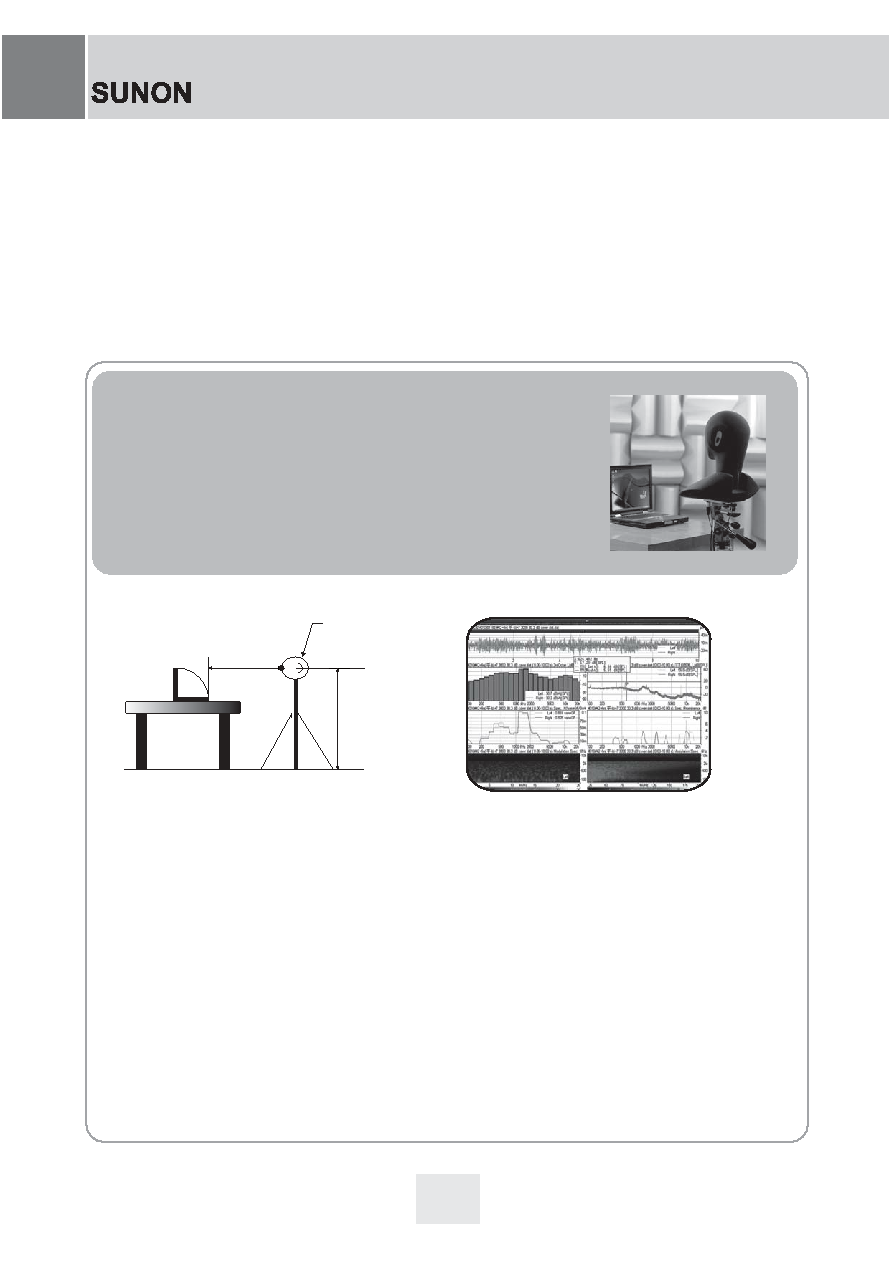- 您現(xiàn)在的位置:買賣IC網(wǎng) > PDF目錄6070 > KDE1206PFB2-8 (Sunon Fans)DC BRUSHLESS FAN 12V 60MM PLASTI PDF資料下載
參數(shù)資料
| 型號: | KDE1206PFB2-8 |
| 廠商: | Sunon Fans |
| 文件頁數(shù): | 34/74頁 |
| 文件大?。?/td> | 0K |
| 描述: | DC BRUSHLESS FAN 12V 60MM PLASTI |
| 產(chǎn)品變化通告: | KD,KDE,GM,PMD End of Life 25/Nov/2011 |
| 標(biāo)準(zhǔn)包裝: | 200 |
| 系列: | KDE |
| 風(fēng)扇類型: | 管軸式 |
| 尺寸/尺寸: | 方形 - 60mm L x 60mm H x 10.5mm W |
| 電壓 - 額定: | 12VDC |
| 功率(瓦特): | 1.20W |
| RPM: | 4400 RPM |
| 雜訊: | 29.4 dB(A) |
| 靜態(tài)壓力: | 0.110 英寸水柱(27.4 Pa) |
| 氣流: | 14.5 CFM(0.410m³/min) |
| 端子: | 2 引線 |
| 軸承類型: | 滾珠 |
| 工作溫度: | 14 ~ 158°F(-10 ~ 70°C) |
| 重量: | 0.048 磅(21.77g) |
| 額定電流: | 0.100A |
| 電壓范圍: | 10.2 ~ 13.8VDC |
| 相關(guān)產(chǎn)品: | 8467K-ND - GUARD FAN FOR 2 1/2" FAN PLASTIC 8465K-ND - GUARD ASSY 2.36"SQ FOR 2 1/2"FAN |
| 其它名稱: | Q1595175 |
第1頁第2頁第3頁第4頁第5頁第6頁第7頁第8頁第9頁第10頁第11頁第12頁第13頁第14頁第15頁第16頁第17頁第18頁第19頁第20頁第21頁第22頁第23頁第24頁第25頁第26頁第27頁第28頁第29頁第30頁第31頁第32頁第33頁當(dāng)前第34頁第35頁第36頁第37頁第38頁第39頁第40頁第41頁第42頁第43頁第44頁第45頁第46頁第47頁第48頁第49頁第50頁第51頁第52頁第53頁第54頁第55頁第56頁第57頁第58頁第59頁第60頁第61頁第62頁第63頁第64頁第65頁第66頁第67頁第68頁第69頁第70頁第71頁第72頁第73頁第74頁

03
Sunon introduced acoustics engineering in the year 2000 to transform the traditional school of Sound Pressure and Sound Power into
the more advanced theory of Sound Quality. Sunon’s Sound Quality analysis and research is performed by Head Measurement System (HMS) .
The HMS system records and simulates the auditory senses of the human ears, where the sounds, vibration, rotation speed, and electrical
signals are measured. The software subsequently performs time domain and sound quality parameter analysis to assist the acoustics
engineers in allowing Sunon products to feature a more favorable sound quality. The expertise and experience of the acoustics engineer
combined with the software analysis will result in an even more user-friendly environment that is rivaled by none.
Sunon
Sound Quality Analysis and Research
Sound Quality
Sound Quality Testing
Sound quality is measured in an semi anechoic chamber by means of Head
Measurement System (HMS) .
The Sound quality of fans can be described according to the objective parameter of
sound (Loudness, Tonality, Roughness/Fluctuation, Sharpness).
After the recording of acoustic signals,the data is performed the FFT, order Psycho
acoustic And modulation analyses and playback diagnosis in order to improve the sound
quality of fans.
50cm
120cm
Horizontal Line
Artificial Head
The mobile Sound Quality
Laboratory SQlab II
SQlab II is a compact, mobile multi-channel measurement
system for acoustic analysis, vibration investigation and sound
design. It is used wherever investigation of sound quality
should be combined with vibrational measurements.
The comparison of vibrational measurements with
acoustic signals enables the user to draw direct conclusions
from sound sources and their sound quality. For this purpose,
SQlab II is able to measure aurally-accurate recordings of
sound events using an Artificial Head and vibration data with
accelerometers, etc. at the same time. Thus, correlations
between the subjective aural impressions of sound events
(airborne sound) and the related sources (vibration,
solid-borne sound) as well as transfer mechanisms become
apparent. This is the basis for sound optimization. Moreover,
SQlab II can be used as a "stethoscope" for error analysis.
The Analysis Software
It can analyze, filter, display and document acoustic and
vibration measurement data in a wide range of modes. Yet an
outstanding feature of this software is the possibility of
including the aural sense of the human user in signal analysis.
HEADphone Playback System
The digital 24 bit HEADphone Playback System HPS IV is
complementary to the Head Measuring System HMS III.
Conditioning of audio data for aurally-accurate playback is via
equalization of the acoustic signal in the programmable
Equalizer PEQ IV, with subsequent amplification via the Power
Amplifier PVA IV.2. Two electrostatic headphones can be
connected to the playback system, which are individually
calibrated and correspondingly driven.
相關(guān)PDF資料 |
PDF描述 |
|---|---|
| PBC25SAAN | CONN HEADER .100 SINGL STR 25POS |
| AD8202YRMZ | IC AMP DIFF 50KHZ 8MSOP |
| PEC09SFDN | CONN HEADER .100 SINGL STR 9POS |
| PEC12SFCN | CONN HEADER .100 SINGL STR 12POS |
| KD1208PHB1-A H.F | FAN 12VDC 80X15MM 35CFM 3RD WIRE |
相關(guān)代理商/技術(shù)參數(shù) |
參數(shù)描述 |
|---|---|
| KDE1206PFV1 | 制造商: 功能描述: 制造商:undefined 功能描述: |
| KDE1206PFV1.MS.A.GN | 制造商:Sunon 功能描述:Green motor fan,28cu.m/h 12Vdc 制造商:SUNONWEALTH ELECTRIC 功能描述:GREEN MOTOR DC FAN |
| KDE1206PHS1 | 制造商:SUNON 功能描述:DC Fan Sleeve 12 Volt 0.22A 2.6W 4500RPM 19.2CFM 32.5dB Flan |
| KDE1206PHS2 | 制造商:SUNON 功能描述: |
| KDE1206PHV1 MS.A.GN | 制造商:SUNON 功能描述: |
發(fā)布緊急采購,3分鐘左右您將得到回復(fù)。